

Understanding insulin is the key to building muscle and losing fat as you age.
By Brett A. Osborn, DO, FAANS, CSCS and Jay Campbell
What is the one modality known to extend life span in animal models? Calorie restriction, or CR. It exerts its effects at least partially by reducing circulating levels of insulin. But insulin is one of the key drivers of the anabolic processes that account for muscle reparation in the wake of a gut-wrenching training session. Is this paradoxical? Not really. As the old saying goes, “The dose makes the poison.” Remember, even water is toxic in high doses. The same rules apply to insulin.
Insulin drives muscle growth and recovery through its effects on nutrient uptake and protein synthesis. Its presence switches on your body’s anabolic process. Lack thereof accomplishes just the opposite, placing your body into a catabolic state, promoting lipolysis, or fat “burning.” And both of these states are good! Like everything else in life, it’s a matter of balance. Unfortunately, in Western culture, the “balance” is tipped in favor of insulin excess. And so are the bathroom scales.
How do you walk the fine insulin line? The solution, while slightly different for everyone, is based on a common theme: insulin sensitivity. Insulin sensitivity describes how the body reacts to the effects of insulin. You’re insulin sensitive if only a small amount of insulin is necessary to drive a certain amount of glucose into the cellular periphery, and you’re insulin resistant if an abundance of insulin needs to be secreted to drive the same amount of glucose into your cells.
On the majority of your cells, there exist receptors for the insulin molecule, a pancreatic hormone. When stimulated, other such receptors migrate to the cell surface and facilitate glucose transport across the cell membrane, thereby lowering circulating blood sugar. The more efficient you are at this, the better your cells “see” insulin, the less insulin required to maintain an ideal blood glucose level. Less efficient individuals, on the other hand, suffer the consequences of chronically elevated blood sugar and insulin levels, the plight of the insulin resistant.
Insulin resistance typically stems from excess consumption of simple carbohydrates, a sedentary lifestyle with resultant low muscle mass, and chronically elevated cortisol levels. All foster chronically elevated insulin levels and therefore chronic inflammation, underpinnings of coronary and cerebrovascular disease, type II diabetes, cancer, and Alzheimer’s disease, so-called non-communicable diseases that claim the majority of Westerners.
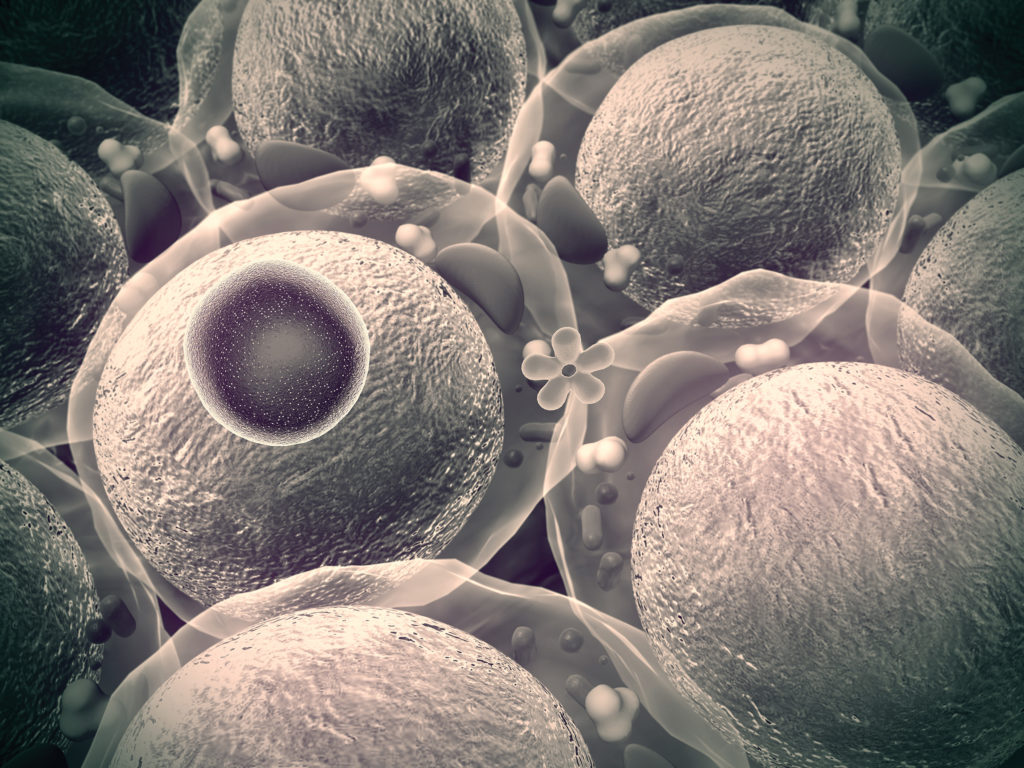
Insulin’s sinister effects are mediated by its chronic pathophysiologic effects. Acute insulin spikes, however, drive anabolic processes such as the recovery from a heavy training session. How? By driving protein and glucose into trained muscle cells in response to glucose and protein intake. No glucose and no protein equates to very little basal insulin. And while this promotes fat burning, muscle is wasted. This is suboptimal for the physique athlete of course and precisely the reason why bodybuilders consume both protein and simple carbohydrate post-workout.
Here’s the problem. Excess insulin, a product of over-consuming simple carbs, promotes fat storage. To make matters worse, our cells ultimately become less efficient disposals of circulating glucose and insulin resistance or pre-diabetes sets in. So we do need insulin, albeit in modulated, pulsatile doses to pack on muscle while limiting fat gain, two factors integral to optimal health.
Athletes seeking to lose weight must maintain a relatively low insulin state, precisely what is induced by popular diets such as South Beach, Zone, and Atkins. Call them what you’d like, they are all essentially the same. Each diet, if adhered to as instructed, consistently produces a low insulin signature, which equates to fat loss (and unfortunately, muscle as well.)
The key to maximizing fat loss while maintaining muscle is to show your body a higher insulin signal on training days and a null signal during “off” days by consuming more carbs on training days and less on non-training or endurance days. What does “more” and “less” mean? That depends on a variety of factors, one of which is your genetic makeup.
Understanding one’s body type (somatotype) and resultant insulin sensitivity greatly influences the amount of carbohydrates one has to consume relative to the specific goal:
Ectomorphic individuals usually are extremely insulin sensitive and possess a unique ability to oxidize excess circulating carbohydrates while remaining pencil-lean. Any hard gainers out there? We’re talking to you. Your carbohydrate set-point is by nature higher. Not a bad thing, but muscle will come only through fairly aggressive carbohydrate and protein intake.

Mesomorphs are the metabolically prodigious. Most elite bodybuilders fall into this category, tending to pack on muscle relatively easily due to favorable insulin sensitivity.
Endomorphs are the most prone to develop insulin resistance. The short fat kid in grade school? Likely an endomorph. Endomorphic people have to be meticulous and downright militant about their total carbohydrate intake to maintain a lean and muscular physique. If you fall into this category, consider hiring an expert to assist you in the process. (Check out fabfitover40.com for more resources.)

Your carbohydrate set points can only be determined experimentally. Yours will be different than your training partner’s, independent of body type. Only through trial and error will you be able to ascertain what load of daily carbohydrate will toggle your metabolic switch. Remember, you’re either anabolic or catabolic, but not both.
Ideally, one should aspire to maintain or build muscle while maintaining optimal body fat levels by straddling the gap between anabolism and catabolism. These two factors will bolster insulin sensitivity in perpetuity and squelch bodily inflammation—in essence, impeding the aging process and the genesis of age-related diseases. IM







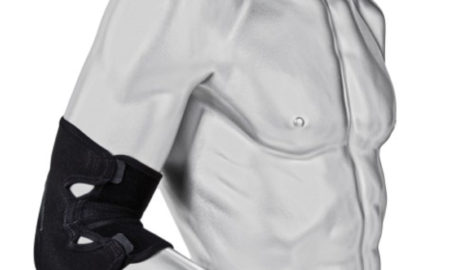








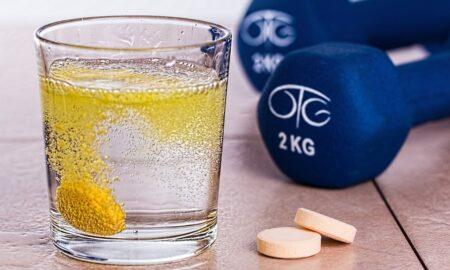

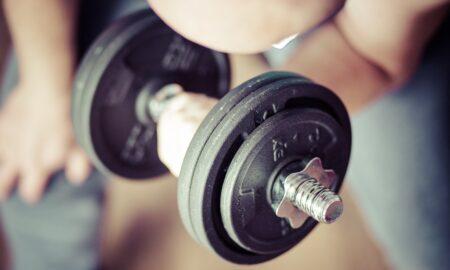


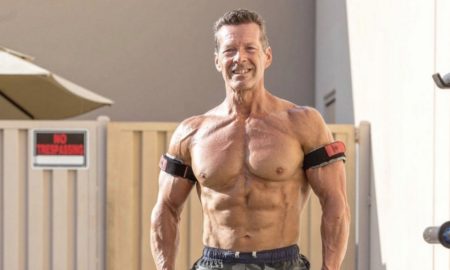
You must be logged in to post a comment Login